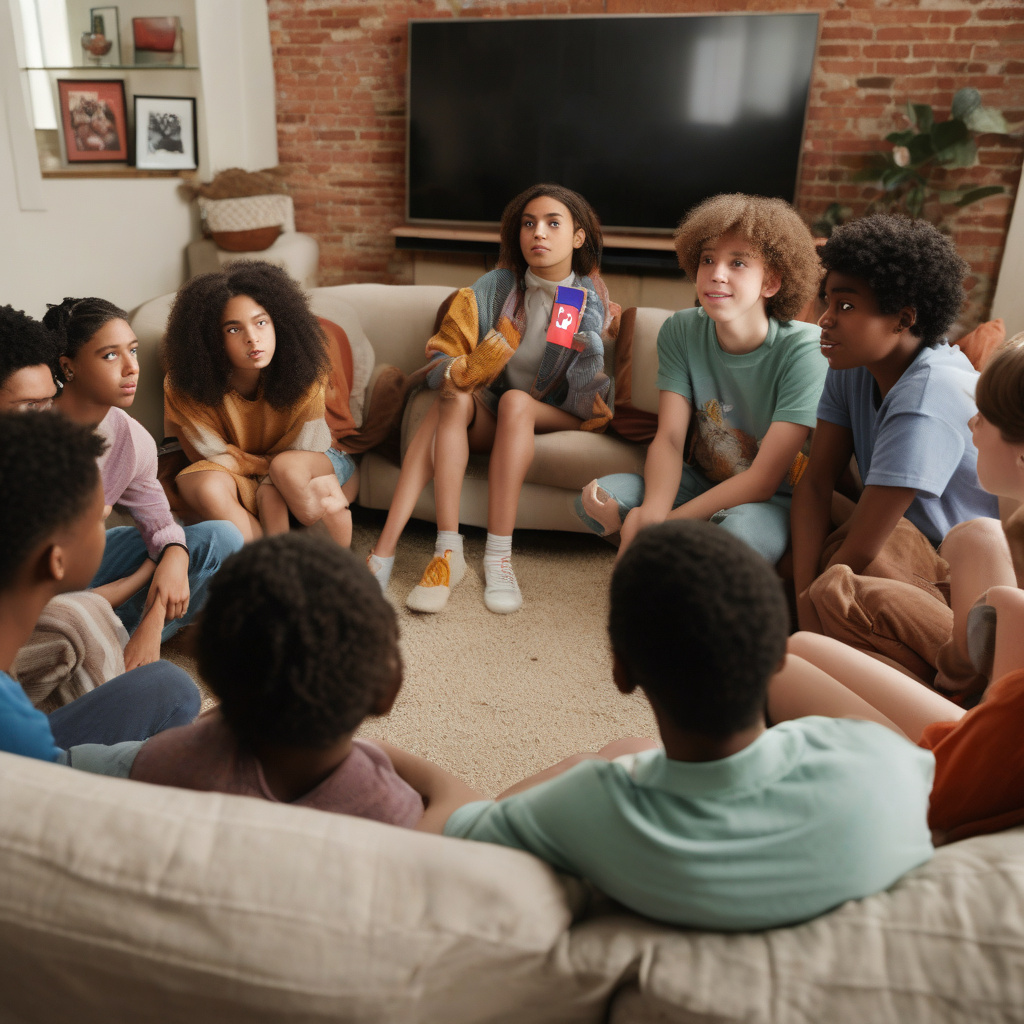YouTube Raises Minimum Streaming Age to 16: Underage Creators Face Streaming Bans
YouTube will raise the minimum age for live streaming to 16, starting July 22. Creators under this age will face bans on streaming, a move that aims to enhance child safety and comply with regulations. This decision comes as part of YouTube’s continuous efforts to create a safer environment for its younger users and to ensure compliance with the Children’s Online Privacy Protection Act (COPPA) and other regulations around the world.
The new policy will impact creators under the age of 16 who are currently using the platform to live stream content. These creators will no longer have the ability to engage with their audience through live streaming unless they meet the new age requirement. While this change may disappoint some young creators, it underscores YouTube’s commitment to prioritizing the safety and well-being of its users.
By raising the minimum age for live streaming, YouTube is taking a proactive step to prevent potential risks and protect minors from online exploitation. Live streaming can expose young creators to various dangers, including inappropriate comments, cyberbullying, and other forms of online harassment. By implementing this age restriction, YouTube aims to create a more secure and controlled environment for its younger users.
In addition to enhancing child safety, the new policy also aligns YouTube with legal requirements regarding data privacy and online content creation. COPPA, in particular, imposes strict rules on websites and online platforms that collect data from users under the age of 13. By raising the minimum age for live streaming, YouTube ensures that it remains compliant with COPPA and other relevant regulations.
While the policy change may present challenges for underage creators who rely on live streaming to connect with their audience, it also opens up opportunities for alternative forms of content creation. Young creators can explore other types of videos, such as prerecorded content, vlogs, tutorials, and animations, to continue engaging with their viewers and growing their channels.
Moreover, the age restriction on live streaming serves as a reminder to parents, guardians, and educators to supervise and guide young creators in their online activities. By monitoring the content their children create and consume, adults can play a crucial role in ensuring a safe and positive online experience for minors.
Overall, YouTube’s decision to raise the minimum streaming age to 16 reflects its commitment to child safety, regulatory compliance, and creating a secure online environment for all users. While underage creators may need to adapt to this new policy, it ultimately aims to protect them from potential risks and ensure their well-being on the platform.
#YouTube, #LiveStreaming, #ChildSafety, #OnlineContent, #COPPA










